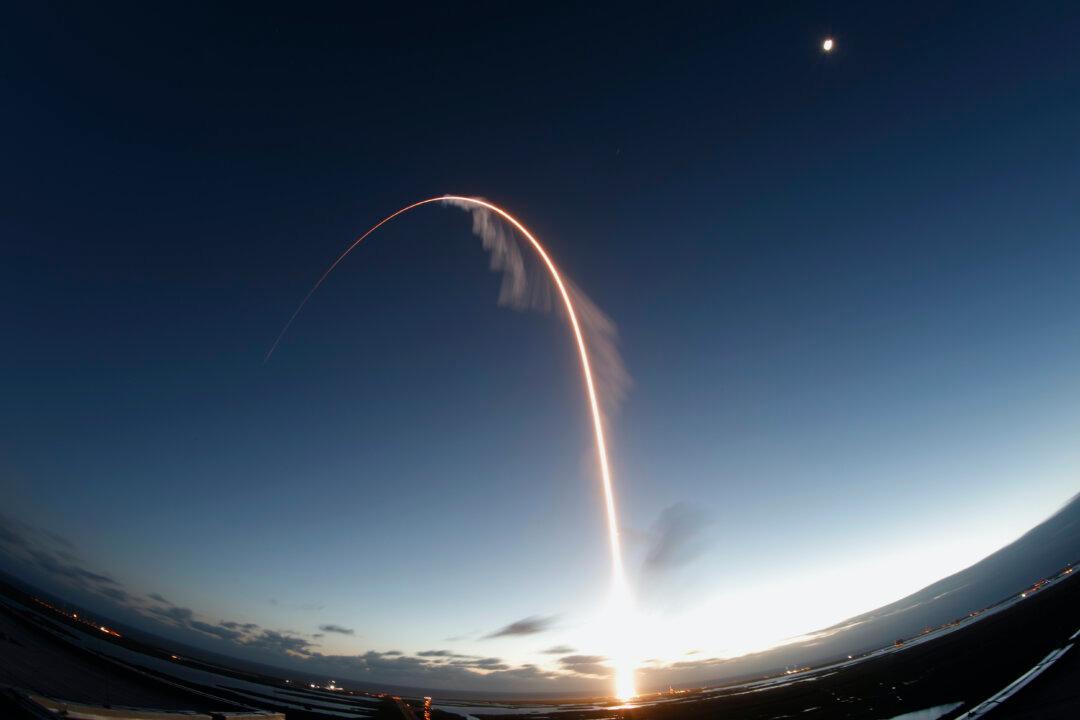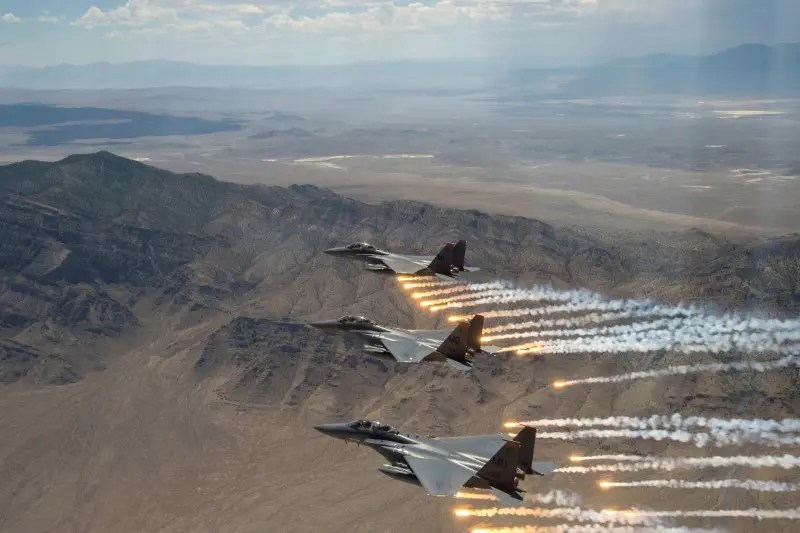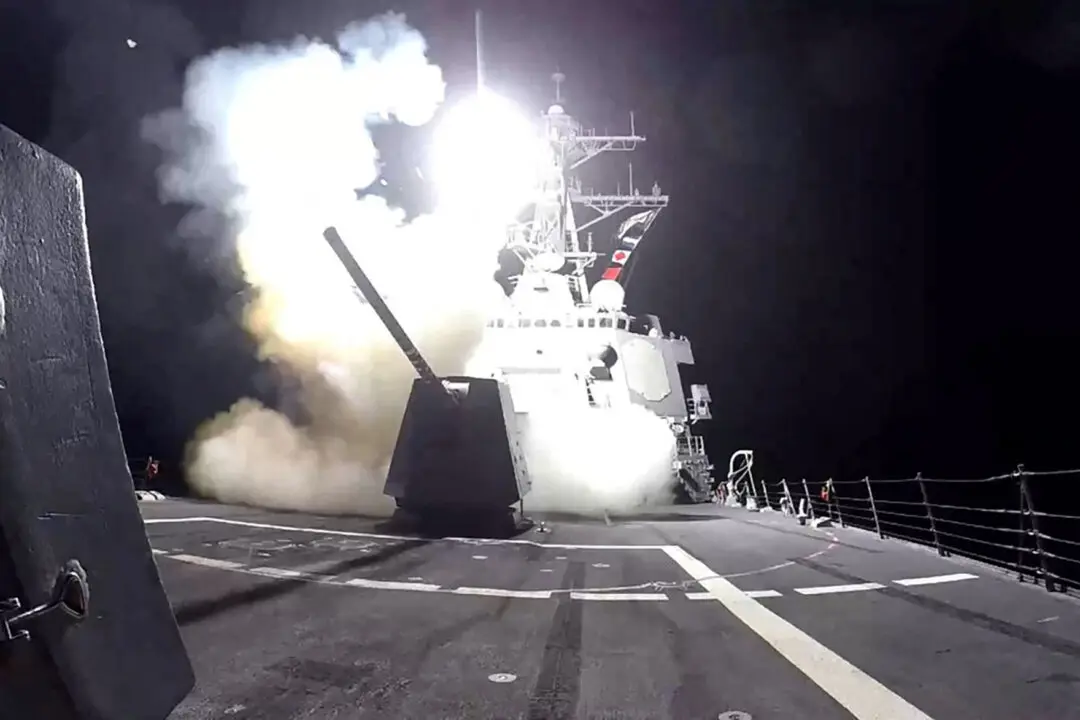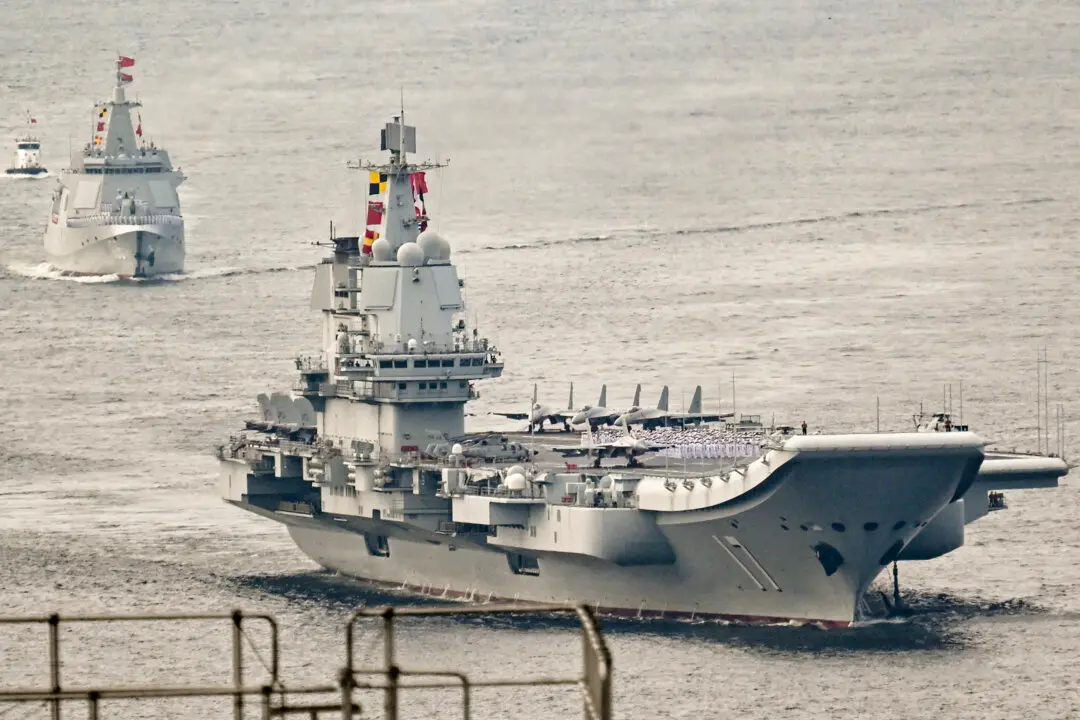The United States military must invest in both offensive and defensive capabilities in outer space if it’s to effectively deter potential adversaries such as China and Russia, according to Air Force Secretary Frank Kendall.
“Space is a domain which you’re not trying to conquer per se, but use to provide services to your terrestrial forces,” Kendall said at a recent webinar hosted by the Center for a New American Security, a defense-focused think tank.




